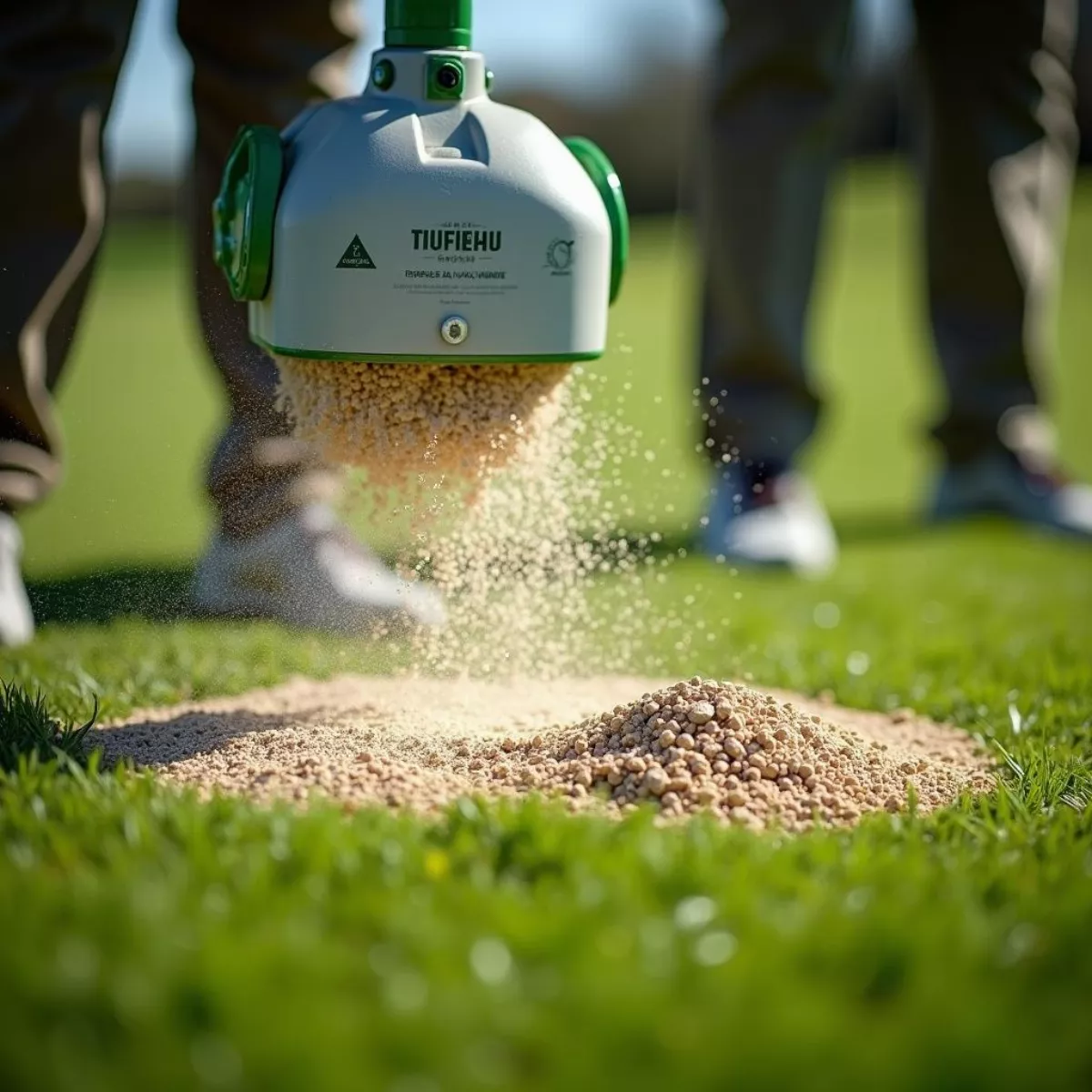Overseeing golf courses is one of the essential practices to maintain lush, playable greens and fairways, especially in the unique climate of Arizona. With hot summers and temperate winters, it’s crucial for course managers and groundskeepers to understand the best practices in overseeding to enhance the playing experience. This guide will delve into the reasons why overseeding is crucial, how it’s done, and tips for achieving the best results in the Arizona golf scene.
What is Overseeding?
Overseeding involves planting new grass seed into existing grass without tearing up the turf. This practice helps rejuvenate the grass, filling in thin or bare areas and improving the overall health of the course. For golfers in Arizona, overseeding keeps greens vibrant and playable in peak golfing seasons.
Why is Overseeding Important?
Overseeding is especially significant in Arizona for several reasons:
- Climate Adaptation: The harsh desert climate requires grass types that can withstand heat and drought. Overseeding helps introduce more resilient varieties.
- Aesthetic Enhancement: A lush, green course improves the visual appeal, attracting more golfers.
- Improved Playability: New grass helps maintain smooth, playable surfaces throughout the year.
- Seasonal Transition: Different grass types thrive in different seasons. Overseeding ensures optimal growing conditions year-round.
When to Overseed in Arizona?
Timing is everything when it comes to overseeding. In Arizona, the best time to overseed is usually in late summer to early fall, typically between mid-September and early October. This timing allows the seeds to germinate and establish before the cooler winter months.
 Golf Course Overseeding in Arizona
Golf Course Overseeding in Arizona
Steps of the Overseeding Process
Here’s how to execute a successful overseeding strategy in detailed steps:
1. Prepare the Soil
- Mow: Begin by lowering the mowing height to remove excess grass. This creates a suitable bed for new seeds.
- Aerate: Aerating the soil helps improve water absorption while also exposing the soil to air and nutrients.
- Clean: Rake up any debris, dead grass, or thatch to provide a clean seed bed.
2. Choose the Right Seed
Selecting the appropriate seed type is critical. Common grass varieties in Arizona include:
| Grass Type | Best For | Benefits |
|---|---|---|
| Bermuda | Summer | Heat tolerance, fast-growing |
| Ryegrass | Winter overseeding | Cool season growth, vibrant color |
| Fescue | Transitional areas | Drought resistance |
3. Seed Application
- Broadcast or Drop Spread: Use a spreader for even seed distribution. When applying, aim for about 3-4 seeds per square inch.
- Seed Depth: Ensure seeds are not buried too deep—roughly 1/8 inch is ideal.
4. Watering
Water is critical for the germination of seeds. Follow these tips:
- Initial Watering: Water lightly after seeding to ensure good seed-to-soil contact.
- Consistent Moisture: Keep the soil consistently moist for the first few weeks until the seeds germinate.
5. Fertilization
An appropriate fertilization schedule supports new grass growth. Use a starter fertilizer with a high phosphorus content to encourage root development.
 Applying Fertilizer to Golf Course
Applying Fertilizer to Golf Course
6. Cutting and Maintenance
Resume regular mowing once the new grass reaches about 3 inches tall. Follow these guidelines for maintenance:
- Mowing Height: Keep the blade height at about 2 inches during the establishment phase.
- Fertilization: After 4-6 weeks, consider reapplying a balanced fertilizer to promote healthy growth.
Tips for Successful Overseeding
To achieve the most successful overseeding results on Arizona golf courses, consider these essential tips:
- Choose the Right Seed: Always select seeds suited for the Arizona climate.
- Adequate Preparation: Don’t skip soil preparation; it’s crucial for seed success.
- Focus on Watering: Consistent moisture increases the likelihood of germination.
- Monitor Growth: Keep an eye on new grass growth; adjust watering and fertilizing as needed.
Key Takeaways
- Overseeding is vital for maintaining high-quality golf courses in Arizona.
- The best time to overseed is in late summer to early fall.
- Proper preparation, seed selection, and maintenance will significantly enhance overseeding results.
- Regular watering and monitoring are essential in the early stages post-seeding.
 Maintaining an Arizona Golf Course
Maintaining an Arizona Golf Course
FAQ Section
1. What is the primary purpose of overseeding?
Overseeding enhances turf quality by rejuvenating existing grasses and improving aesthetics and playability.
2. When should I start overseeding at my Arizona golf course?
Aim to overseed between mid-September and early October for the best results.
3. What types of grass are best for overseeding in Arizona?
Bermuda, ryegrass, and fescue are widely used for their adaptability to various conditions.
4. How often should I water after overseeding?
Initially, ensure the soil is kept consistently moist until seeds germinate, typically within 7-14 days.
5. When can I start mowing the new grass?
Once new grass reaches about 3 inches in height, you can resume mowing.
6. Do I need to aerate before overseeding?
Yes, aerating helps create a conducive environment for seeds by improving soil aeration and moisture retention.
7. Is fertilization necessary after overseeding?
Yes, using a starter fertilizer after overseeding promotes healthy root development and ensures vigorous growth.
8. How long does it take for newly overseeded grass to establish?
Typically, new grass takes 4-6 weeks to establish before it can withstand regular maintenance.
9. What are the signs that overseeding has been successful?
Signs of success include healthy green shoots, even growth, and improved turf density.
10. Can I overseed on an existing turf?
Absolutely! This is the essence of overseeding, offering a seamless transition to healthier grass without tearing up existing turf.
By following this comprehensive guide on overseeding golf courses in Arizona, you can ensure that your course maintains its vibrant appearance and optimal playability throughout the year. Happy overseeding!